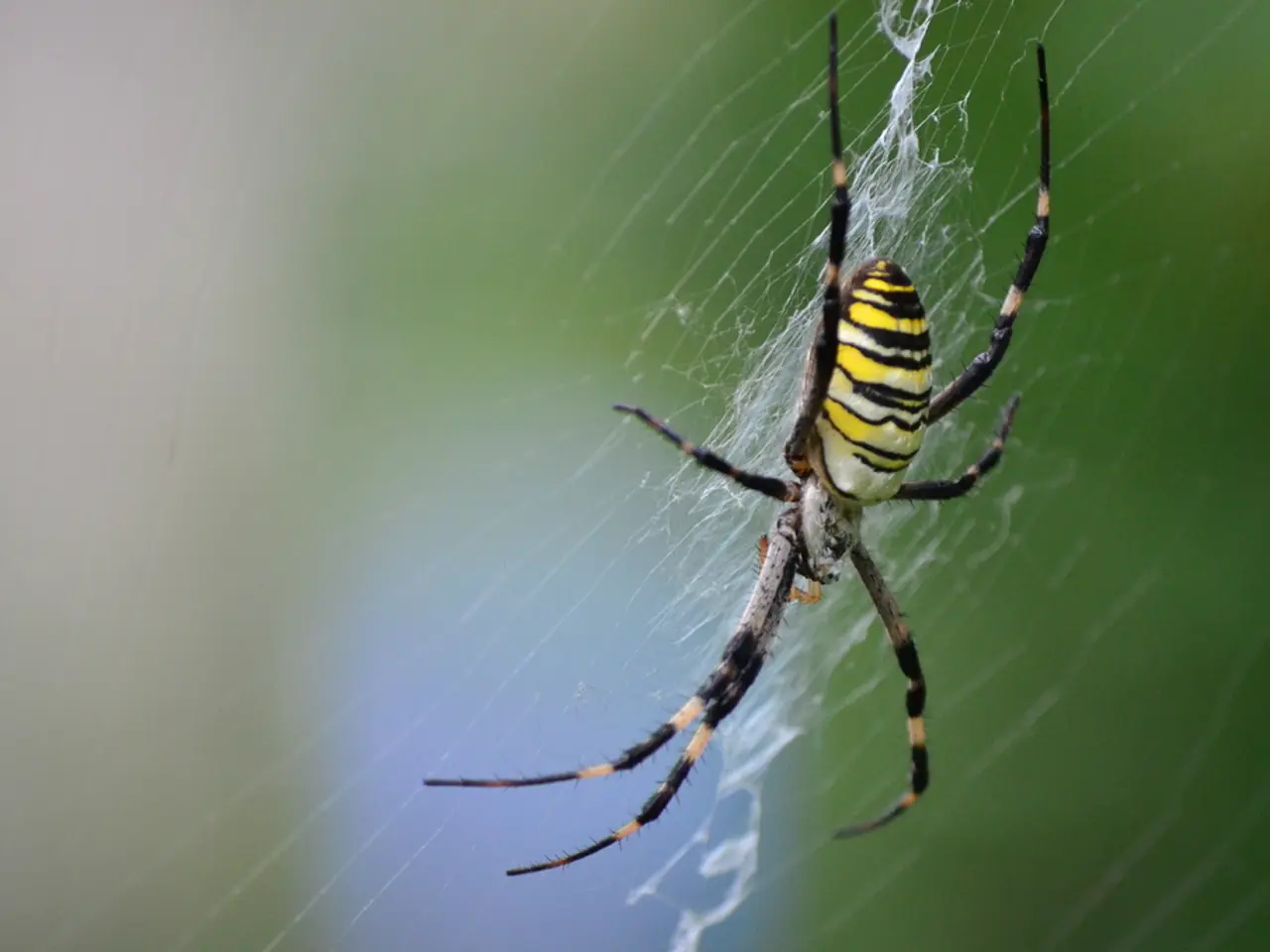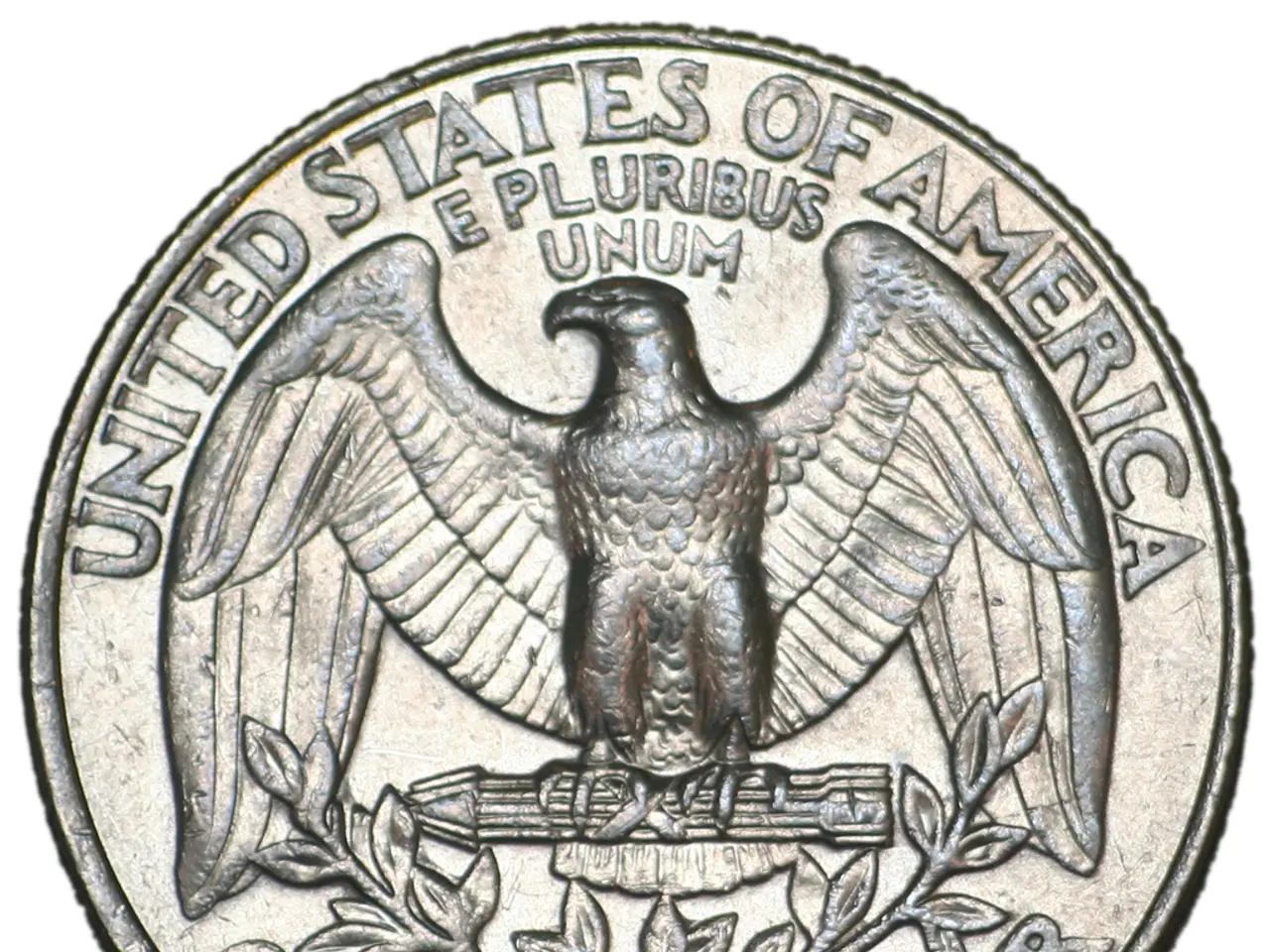Nature's Most Potent Fiber: Unveiling the Potential of Spider Silk to Transform Engineering Practice
In a groundbreaking development, recombinant spider silk proteins are being harnessed for commercial use in engineering and technology, revolutionising industries from biomedicine to cosmetics and technological applications. This bioengineered silk, free from the need to harvest directly from spiders, boasts unique mechanical properties such as strength, elasticity, and biocompatibility.
In the realm of biomedicine, recombinant spider silk proteins like FN-silk are being utilised to create advanced 3D scaffolds for skin models and nerve repair devices. FN-silk's ability to self-assemble into nanofibrillar structures forms strong and elastic matrices that support cell growth and tissue regeneration, making it ideal for implants and wound healing applications.
From an engineering perspective, spider silk's mechanical properties have inspired its use in filtration systems and as bio-inspired materials for water collection, drug delivery, and adhesive technologies. Artificial spider silk fibres have been spun into non-woven meshes that are effective at filtering fine particles with high air permeability and low pressure drop, outperforming some synthetic materials.
However, scaling up production of spider silk for commercial use faces significant challenges. Harvesting spiders for silk is labour-intensive and not scalable, while recombinant production involves complex genetic engineering and protein expression systems. Achieving the correct protein structure and mechanical properties synthetically while maintaining cost efficiency remains a major hurdle. Furthermore, ensuring material consistency and processing across large batches is challenging, and current technologies for recombinant spider silk production are still evolving, with costs remaining relatively high.
Despite these challenges, the journey to harness the full potential of spider silk is ongoing. Researchers are exploring its use in developing scaffolds for tissue engineering and controlled drug delivery systems. Spider silk could potentially become a cornerstone in developing innovative solutions for healthcare challenges, from biodegradable sutures in medicine to lightweight yet durable components for aircraft and spacecraft in the aerospace industry.
Moreover, spider silk offers an environmentally friendly alternative to many synthetic materials due to its biodegradability and production without toxic byproducts. Synthetic spider silk is being developed by inserting silk-producing genes into microorganisms like bacteria or yeast. This sustainable approach could transform the way we approach material science and engineering.
As medical technology advances and research continues, the potential impact of spider silk on the world could be as transformative as it is inspiring. The future of spider silk in engineering and technology is bright, with potential applications and industries emerging as researchers unlock its secrets.
- In the sphere of environmental science, the biodegradable nature of recombinant spider silk and its production without toxic byproducts make it an attractive alternative to synthetic materials, contributing to sustainability efforts in material science.
- The field of biotechnology is actively researching the use of spider silk for creating scaffolds in plants, where its unique mechanical properties could support cell growth and aid in photosynthesis.
- The potential of spider silk for use in researching and developing controlled drug delivery systems opens avenues for treating various medical-conditions, offering new possibilities in pharmaceutical technology.
- Beyond the engineering applications, research is being conducted in environmental-science to explore the impact of spider silk on soil quality, potentially paving the way for eco-friendly erosion control methods.
- Scientists are investigating the scalability of recombinant spider silk production for applications in space technology, where lightweight, strong, and biodegradable materials could be highly valuable for spacecraft components and waste management solutions.
- As we delve deeper into understanding spider silk's properties and harnessing them for various fields, from biomedicine to aerospace, it's evident that the evolution of this material will continue to influence numerous domains, ensuring advancements in science, technology, and ultimately, our quality of life.




